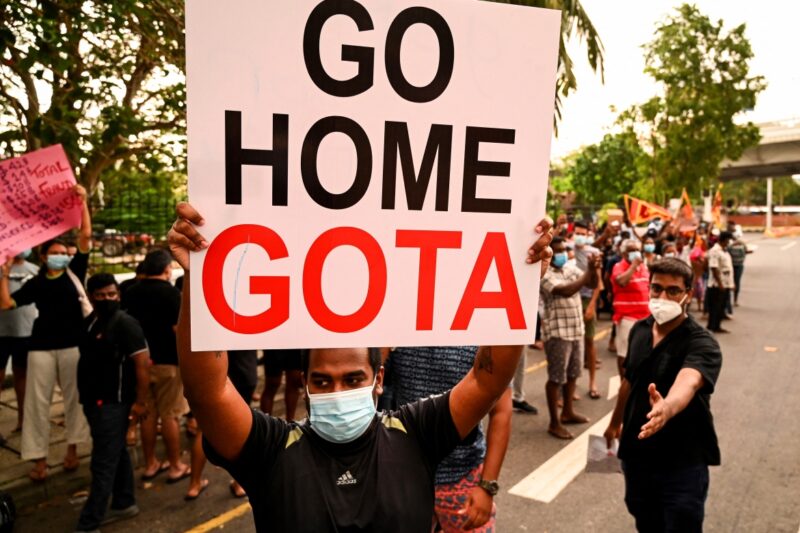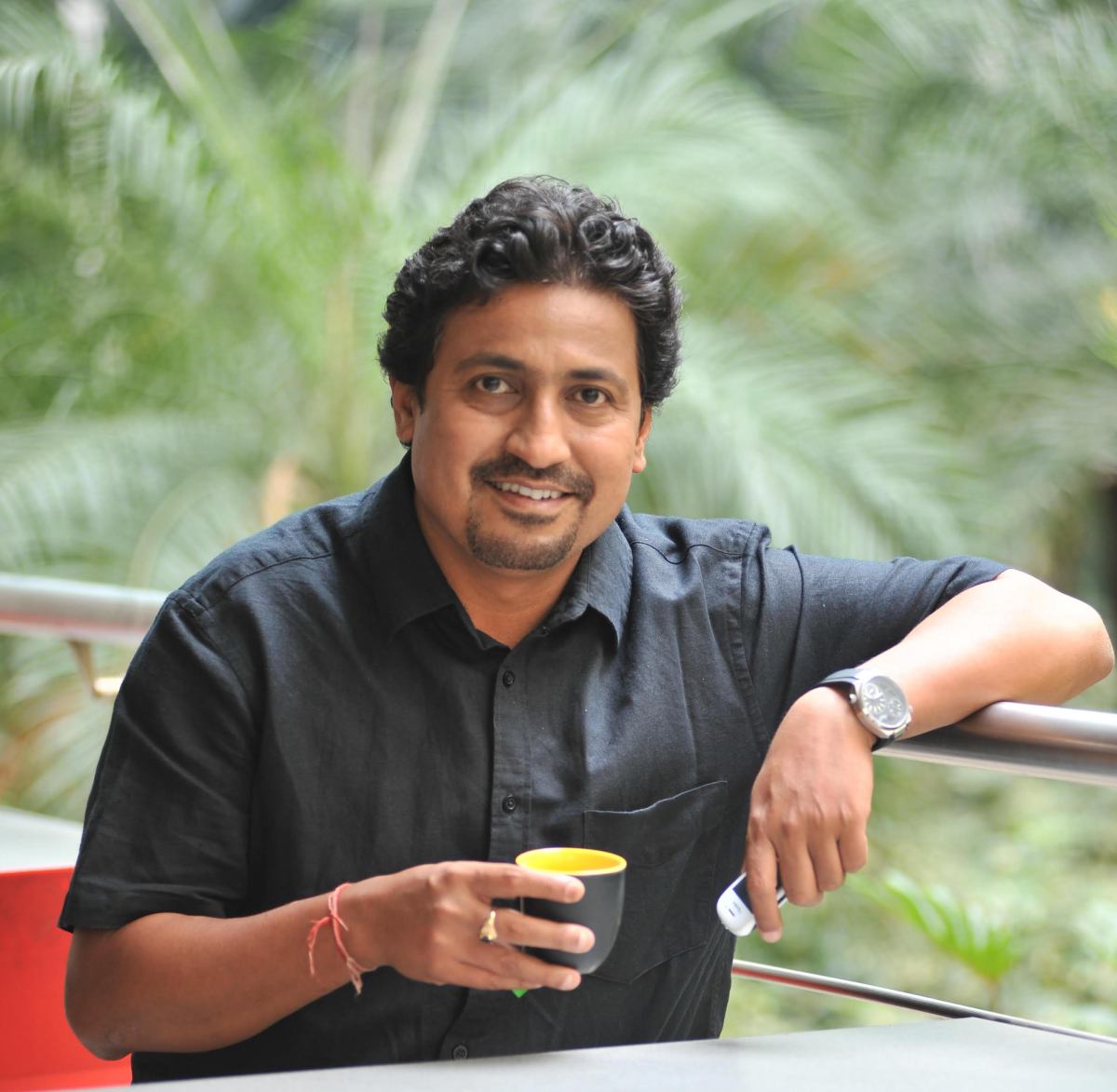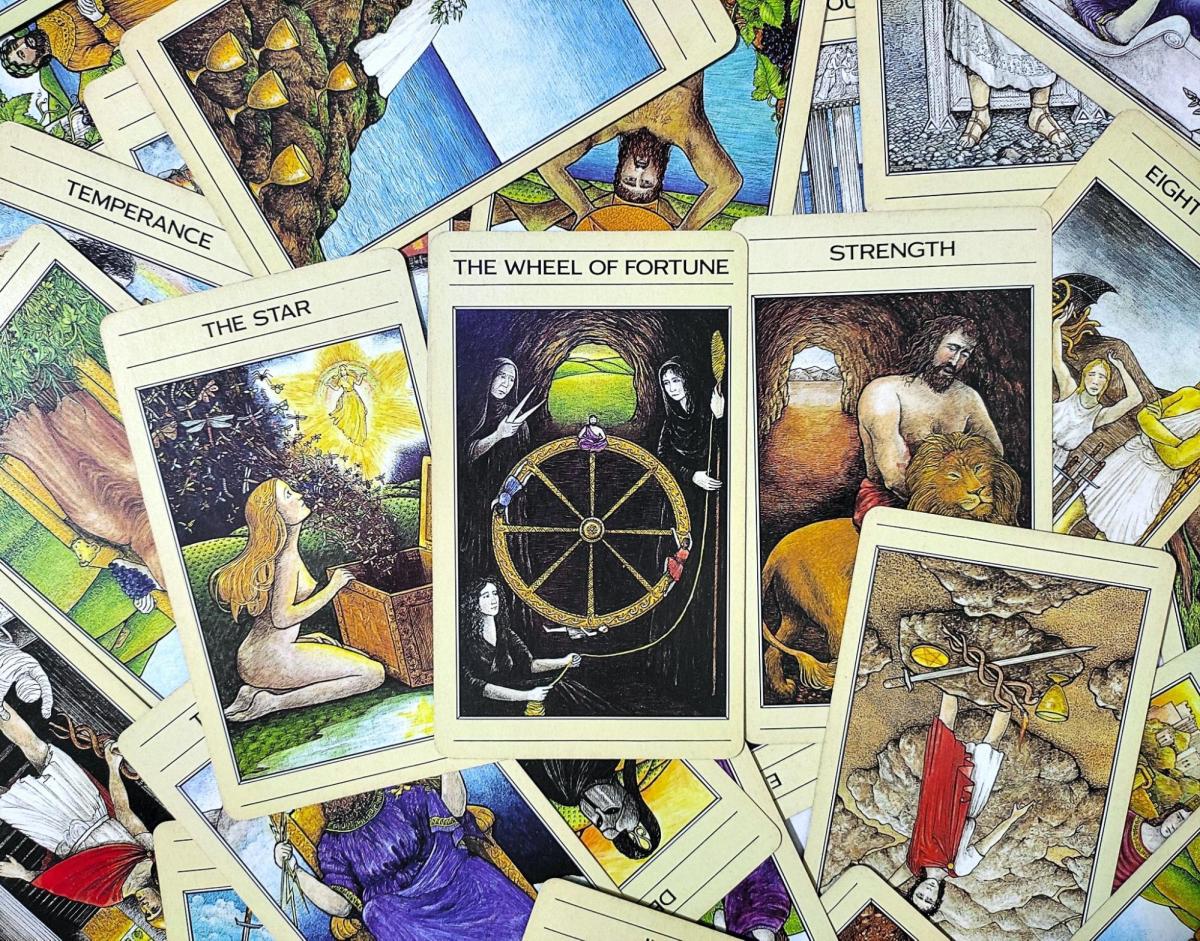Cesar Azpilicueta fell to his knees, collapsing in a heap of relief. On the 29th of May, 2021, while the balmy evening in Porto succumbed to the cool, nightly winds, the Chelsea’s skipper’s exertions finally caught up with him. The referee had just blown for full time – Azpilicueta’s Londoners had just won the Champions League, the most coveted trophy in European men’s football, for the second time in their history.
In the stands, Roman Abramovich, Chelsea’s Russian owner, punched the air in joy. This was his dream – seeing his team being crowned the kings of the continent. In his time at Chelsea, over the men’s and women’s teams, Abramovich had overseen six European finals, with four successes. Chelsea had, in fact, become the only team to have both their men’s and women’s teams in Champions League finals in the same season – and while the latter lost, the former emerged victorious thanks to a goal by the young German Kai Havertz, a 72 million pound acquisition made the previous summer, bankrolled by Abramovich.
Azpilicueta knew the importance the Russian held for the club. After the game was finished and the trophy was handed over and hoisted in the Porto night sky lit up with fireworks, he raced over to the stands with the trophy, and asked a beaming Abramovich to come forward – “It’s for you”, he declared in a voice hoarse by celebratory yelling.
Less than ten months after these giddy highs, Abramovich made the hasty decision of parting ways with Chelsea – after nineteen years in charge, he would no longer continue as owner of the Blues.
As it turned out, Russia had invaded Ukraine, and Abramovich’s proximity to Putin was not being liked by many in the Western hemisphere. It is true that Abramovich, like many billionaires in the world, was close to his head of state, however dubious he may have been. It is also true that important organisations and individuals in the West, such as the British government, knew of this and allowed Abramovich to pump in his roubles into the British economy.
It is truest, however, that the Russia-Ukraine fiasco has underlined that football cannot exist in a silo – it is a political entity and has always been one. Therefore, the tragic fallout of the crisis impacted the most banal of important things in our lives – sport.
At the very beginning, it is important to understand how football in Ukraine itself was affected – the domestic league was suspended. Players from all over the world were based out of cities in Ukraine such as Kyiv, Kharkiv and Donetsk, which were now being bombed incessantly by Russian forces and Moscow-funded ‘rebels’. Donetsk, particularly, is home to multiple Brazilian footballers – who were now trapped in an overnight war that they could do little about. Families were severed, with players and their partners in different cities across the country, and like everyone else, question marks emerged over lives and indeed, livelihoods. With matches likely to remain suspended for a considerable period of time, income for a lot of clubs would be severely impacted – not to mention the infrastructural costs they would have to incur to recover from the war. Salaries to players and staff would get severely compromised. While those in the upper echelons of the league, playing for major teams such as Metalist Kharkiv, Dynamo Kyiv and Shakhtar Donetsk might be able to cushion the blow, one really wonders about the fate of those who happen to ply their footballing trade towards the lower half of the league, and indeed, in the Ukrainian second and third divisions. As physically able youths, many of them would even have joined up with the armed forces, possibly divorcing themselves from a career and a dream, willing to lay down their lives for their country and identity.
In other parts of Europe, gestures of solidarity too made clear the point that football and politics were interrelated, and that the sport had simply been turning a blind eye all this while to crises that brewed in other parts of the world. It is notable how the Premier League in the United Kingdom implemented solidarity gestures for Ukraine – which the people of the besieged country absolutely deserve – while also not making any noise about Israel’s incessant attacks on the beleaguered peoples of the Gaza strip. The League was also quick to remove itself from the scene of controversy when Arsenal midfielder Mesut Ozil spoke up about the crimes of the Chinese state against Uyghur Muslims – his activism was met with his club deciding to never play him again, and eventually offload him midway through his contract.
The Spanish La Liga too blares a ‘Stop Invasion’ sign next to the scoreboard on its global television broadcast – something it has never done in the past when nations in the West happened to invade those in other parts of the world.
Once again, that is absolutely not to say that the people of Ukraine and the cause of an independent, stable Ukraine, do not deserve the solidarity of the average football watcher, and of the sport at large. But the event has made it extremely noticeable as to when the sport decides to use its huge platforms for activism and speaking up, and when, and at whose expense, it seems perfectly happy to not utter a peep.
On the Russian side, too, impacts were felt. The deep-seated suspicion of the country at large – a sentiment that has been manufactured from the time of the Cold War – has led to football governing bodies clamping down on the country’s footballers and its athletes. The European football governing body, UEFA, decided it would be appropriate to force all Russian teams in their competitions to withdraw from their competitions, as a statement of intent against Russia. In fact, there were a bunch of opinion-editorial columns that simply preached to Russian athletes to be banned from major tournaments, lumping in all Russians as the Bad People, who have personally overseen the invasion. That beyond the superstars, these athletes too were just working-class people being denied a livelihood seemed to be lost on those spouting such rhetoric.
Indeed, the pressure on Russians to behave like ‘good Russians’, especially in football, was remarkable. The same pressure was exerted on Chelsea, thanks to its Russian owner Abramovich. It must be acknowledged that Abramovich, like many billionaires, has a chequered past. Fundamentally at the centre of the energy behemoth Sibneft, companies he is invested in have also funded and provided material for the construction of Israeli settlements in Gaza. It is said that Abramovich, once a governor himself, nominated Putin for the role of Russian Premier.
His is a politics that could be described as sketchy at best, and his selling the club may not even be a decision many in the Chelsea faithful might mind.
The manner in which he was ousted, mainly by the British government, however, makes it interesting and once again draws attention to football’s selective politics. There are other billionaire owners who have links to heads of states and corporations that have not exactly been ethical – the Glazer family, who own Manchester United, for instance, have been known to be major contributors to Republican campaigns in the United States, bankrolling Donald Trump’s vision, among others. Newcastle United was taken over by a fund operated by the Saudi Arabian state, which has been bombing Yemen for years now, while Manchester City’s Abu Dhabi-based owners too have close links with the royal family of the Emirate.
Football has been blind to the lives these establishments have taken – Asian lives, African lives and Latin American lives. Once chaos ensues in civilised Europe, however, solidarity emerges and in what is convenient for many in the Western world, it is Russia who once again can take on the role of the bad guys.
It is hard to nail down the kinds of impacts the crisis has had, or will subsequently have, on football, particularly European football. What it has, however, exposed, is that football and politics have always been intertwined – and from any point going forward from now, football’s silence would ring louder.
Aritro Sarkar is a fourth-year student of history, international relations, and media studies at Ashoka University.
Picture Credits: Reuters We publish all articles under a Creative Commons Attribution-NoDerivatives license. This means any news organisation, blog, website, newspaper or newsletter can republish our pieces for free, provided they attribute the original source (OpenAxis).










